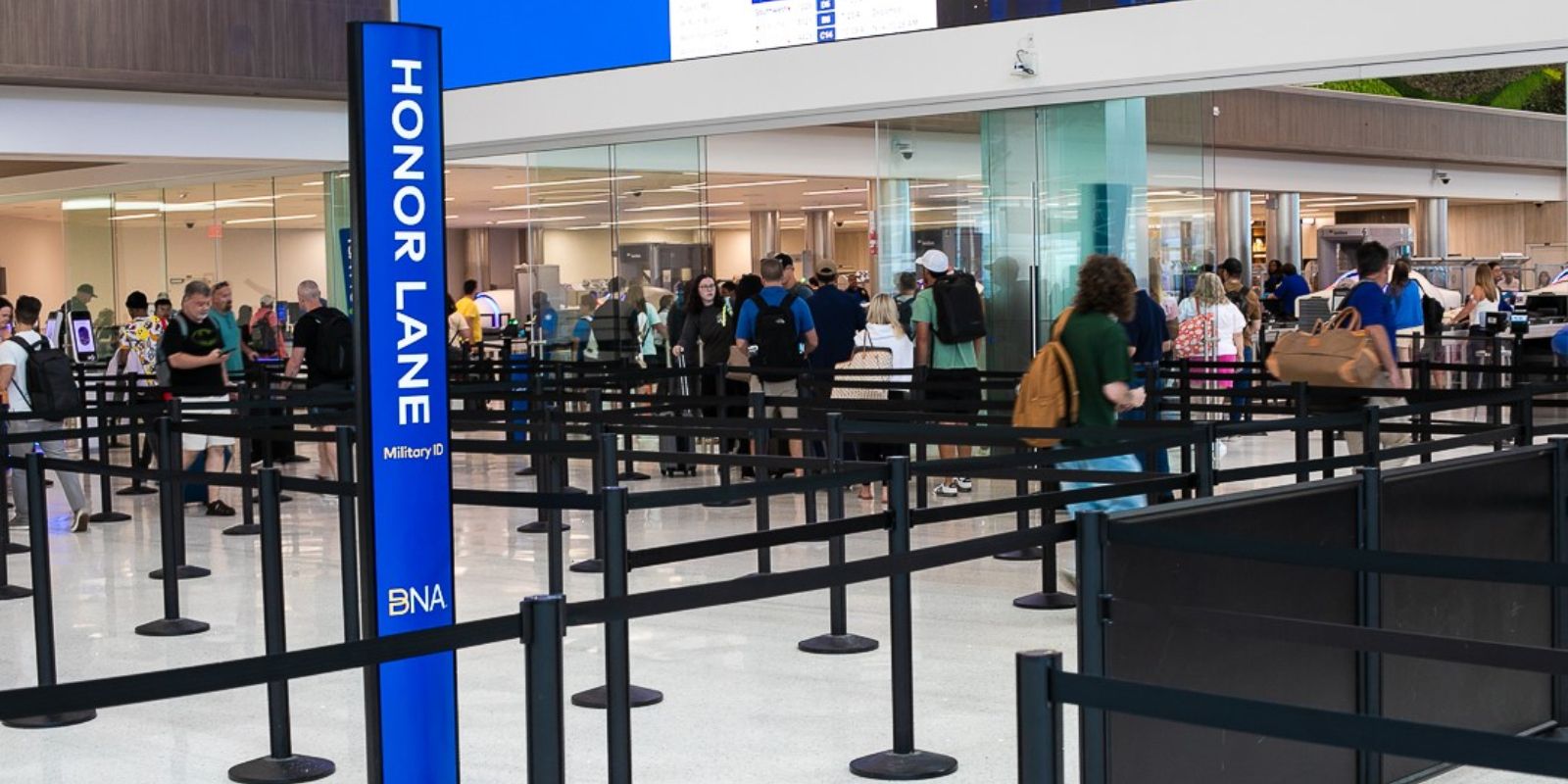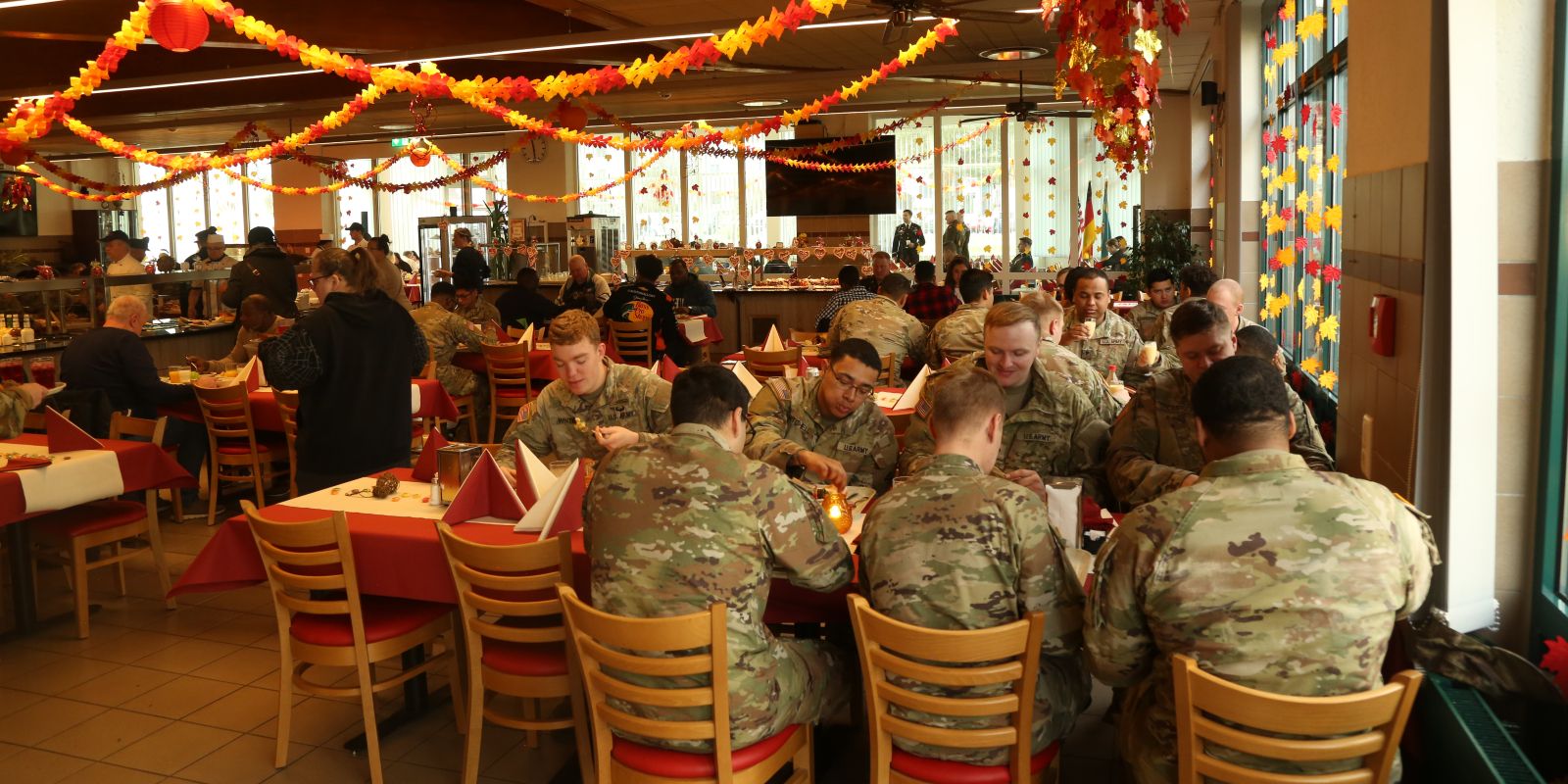A THANKSGIVING UNDER SIEGE: INSIDE THE BATTLE OF FORT SANDERS

ADVERTISEMENT
During Thanksgiving, we usually imagine families gathering around a warm meal, sharing stories, and expressing gratitude. But what if there was a Thanksgiving when Soldiers waited anxiously for an attack instead of enjoying a peaceful holiday? Hard to picture—but it actually happened.
In 1863, Union troops in Knoxville spent Thanksgiving Eve exhausted, freezing, and on edge, knowing an assault could begin at any moment.
This tense moment in history is known as the Battle of Fort Sanders—a decisive Union victory and a Thanksgiving that couldn’t have been further from the holiday spirit.
How Did the Battle of Fort Sanders Start?
The Battle of Fort Sanders unfolded in late November 1863 as both Union and Confederate armies competed for control of East Tennessee.
The Union, commanded by General Ambrose Burnside, wanted Knoxville for two main reasons:
- It was strategically valuable for supply routes
- The local population largely supported the Union
But Knoxville was inside Confederate territory, and the Confederacy wanted it back just as badly.
In early November, Confederate General James Longstreet was ordered to break away from the main army and recapture Knoxville. By the time he arrived, Union forces had built strong defensive lines surrounding the city.
The most fortified position was Fort Sanders. Although heavily protected, Longstreet believed it would be the easiest point to strike—and the key to taking Knoxville. For two weeks, the city remained under siege, with both armies enduring frigid temperatures and sleepless nights.
Longstreet planned a surprise attack, hoping to catch the Union off guard. But miscalculations in his strategy set the stage for disaster—and ultimately sparked the Battle of Fort Sanders.
Nobody Prepared You for Military Life
But we can help. Join over 100k spouses already getting the specific advice, resources, and military tea they need to thrive.
Colonel Samuel Zook’s Influential Legacy
The Civil War is full of bold personalities and dramatic battlefield decisions. But sometimes the most influential leaders are the quieter ones—the ones whose steady discipline shapes soldiers long after they’re gone.
One such figure was Colonel Samuel K. Zook. Although he wasn’t present at Knoxville—he had been killed months earlier at Gettysburg—his leadership philosophy influenced Union forces throughout the war.
Zook was known for calm decision-making, careful preparation, and smart use of terrain. These qualities became essential components of Union defensive strategies, including those used at Fort Sanders.
Even though he wasn’t physically there, Zook’s legacy lived on in the discipline and readiness that helped the Union hold its ground.
The Confederacy’s Failed Attack
Longstreet believed Fort Sanders would fall quickly. But when Confederate troops charged on November 29, 1863, they encountered obstacles they hadn’t anticipated.
A telegraph wire, hidden low to the ground, tripped the advancing Soldiers. The ditch surrounding the fort—deeper and icier than they expected—became a deadly trap. Once a Soldier slipped into it, climbing out was nearly impossible.
Within approximately 20 minutes, the attack collapsed. Confederate losses were heavy, while Union casualties remained low. What Longstreet thought would be a quick victory instead became a devastating failure.
The Unusual Thanksgiving Gathering
For Union troops, Thanksgiving 1863 was nothing like the holiday they hoped for. Instead of turkey and pie, they had cold weather, sleepless nights, and the constant fear of attack. Yet when the assault ended and the Confederate forces withdrew, the Soldiers finally had something meaningful to be thankful for—relief, survival, and renewed hope.
The victory secured Knoxville and ensured Union control of East Tennessee for the rest of the war. It’s not the traditional Thanksgiving story we’re used to hearing, but it’s a powerful reminder.
162 years ago, Soldiers on both sides were fighting through ice and darkness near Knoxville. Their Thanksgiving wasn’t joyful, but it was significant—filled with resilience, sacrifice, and gratitude for simply making it through the day.
As we celebrate this month, the story of Fort Sanders invites us to appreciate the comfort, safety, and togetherness we often take for granted. It also reminds us that many throughout history—and many serving today—have spent Thanksgiving far from home, protecting the nation instead of sitting around a dinner table.
Read next:
- From Tracks to Tactics: How Trains of the Civil War Impacted Military Strategy
- Every Awesome Military Uniform from History You Need to See Now
- Old Abe: The War Eagle Who Made History in Wisconsin
Sources:

Veteran, Military History & Culture Writer
BY ALLISON KIRSCHBAUM
Navy Veteran
Allison Kirschbaum is a Navy Veteran and an experienced historian. She has seven years of experience creating compelling digital content across diverse industries, including Military, Defense, History, SaaS, MarTech, FinTech, financial services, insurance, and manufacturing. She brings this expertis...
Credentials
- Navy Veteran
- 7 years experience in digital content creation
- Expertise across Military, Defense, History, SaaS, MarTech, FinTech industries
Expertise



